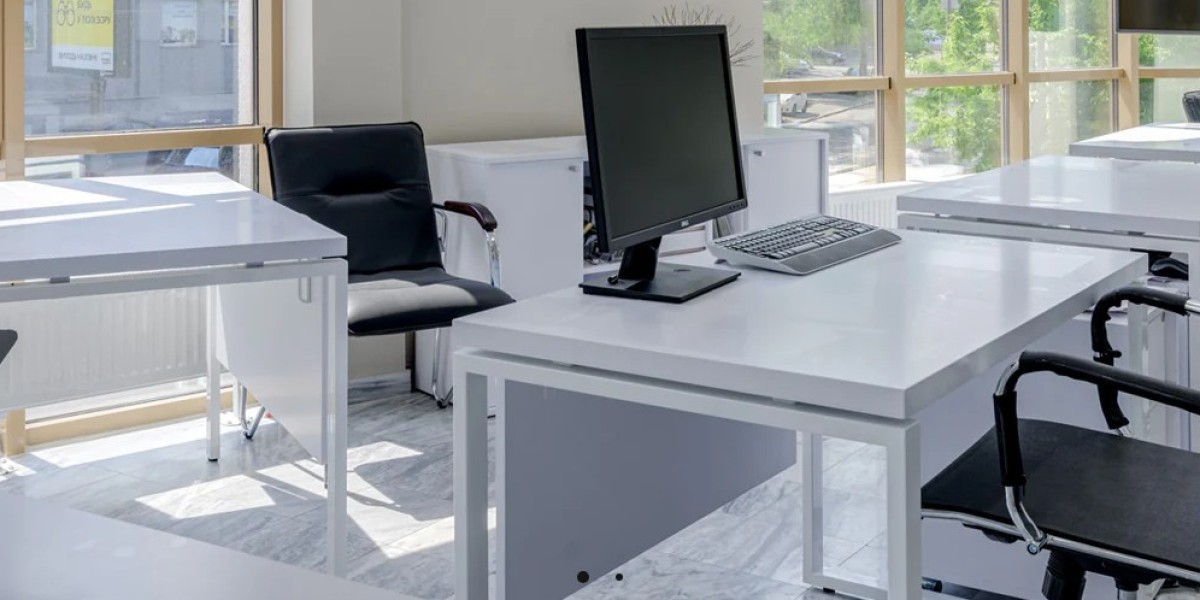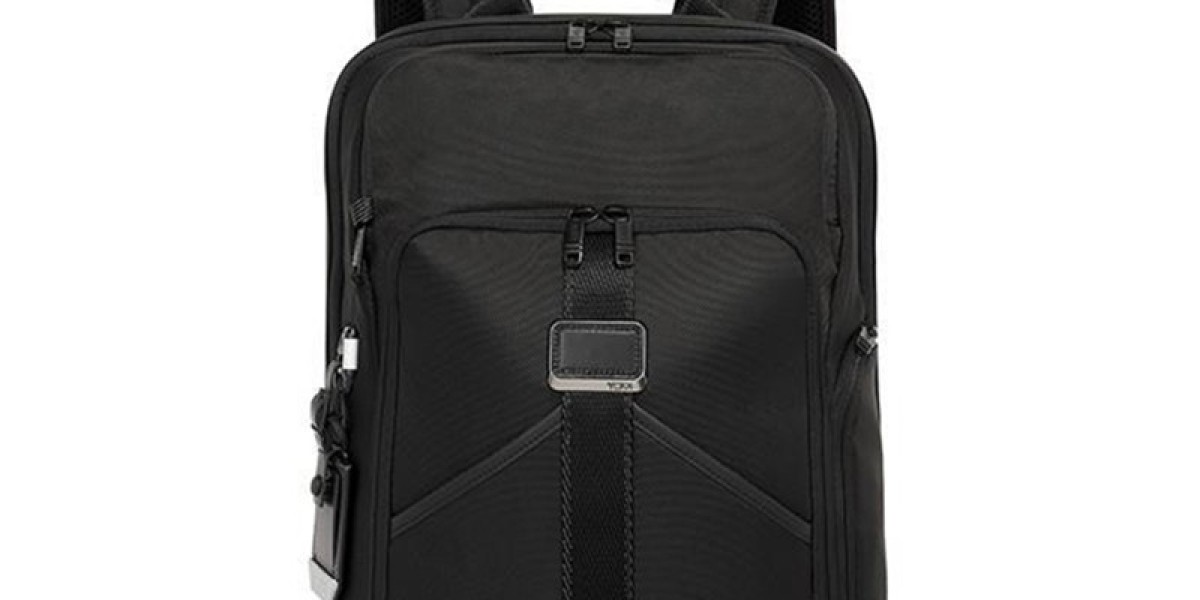Office chairs play a crucial role in reducing workplace injuries by promoting proper ergonomics and supporting physical health. Here’s how office chairs can help minimize the risk of workplace injuries:
1. Promote Proper Posture
- Support for Spinal Alignment: Ergonomic office chairs are designed to support the natural curve of the spine, reducing the risk of developing musculoskeletal disorders and spinal injuries. Proper lumbar support helps maintain the lumbar curve, which is essential for preventing lower back pain.
- Encouragement of Neutral Position: Chairs that encourage a neutral sitting position reduce strain on the back, neck, and shoulders. A properly adjusted chair helps keep the body aligned and prevents slouching or leaning, which can lead to discomfort and injury.
2. Reduce Musculoskeletal Strain
- Adjustable Features: Chairs with adjustable seat height, armrests, and backrests allow users to customize their seating position to suit their body size and work tasks. This customization helps reduce strain on muscles and joints by promoting a more natural posture.
- Seat Depth and Tilt: Adjustable seat depth and tilt functions enable users to position the chair in a way that minimizes pressure on the thighs and supports proper circulation, reducing the risk of developing conditions like sciatica or deep vein thrombosis (DVT).
3. Improve Circulation and Comfort
- Cushioning and Padding: High-quality cushioning in the seat and backrest helps distribute weight evenly, reducing pressure points and enhancing overall comfort. This prevents numbness and discomfort that can result from prolonged sitting.
- Breathable Materials: Chairs with breathable mesh or ventilated materials help regulate temperature and reduce sweating, which can contribute to discomfort and skin irritation.
4. Encourage Movement
- Dynamic Seating: Chairs designed to support movement, such as those with recline and tilt functions, allow users to shift positions throughout the day. Movement helps reduce stiffness and fatigue, which can prevent injuries associated with prolonged static postures.
- Adjustable Armrests: Adjustable armrests that can be moved up and down or pivoted help support the arms in various positions, reducing strain on the shoulders and neck.
5. Enhance Work Efficiency
- Reduce Discomfort-Related Distractions: Comfortable and supportive office chairs reduce physical discomfort, allowing employees to focus on their tasks without being distracted by pain or discomfort. Improved concentration leads to better performance and fewer errors.
- Minimize the Need for Frequent Adjustments: Ergonomic chairs that are well-designed for individual needs reduce the need for constant adjustments, allowing users to maintain a consistent and supportive posture throughout the day.
6. Prevent Repetitive Strain Injuries
- Ergonomic Design: Ergonomically designed chairs help reduce the risk of repetitive strain injuries (RSIs) by supporting proper alignment and reducing muscle strain. Features like lumbar support and adjustable armrests help minimize the risk of developing conditions like carpal tunnel syndrome and tendonitis.
- Proper Desk Alignment: Chairs that can be adjusted to align with the desk height and workstation setup prevent awkward postures and movements, which can contribute to RSIs.
7. Support for Different Tasks
- Versatility: Chairs that accommodate various tasks, such as those with adjustable height and tilt, provide the necessary support for different activities, whether it’s typing, writing, or using a computer. This versatility helps reduce strain associated with different work functions.
- Support for Different Body Types: Chairs that offer adjustable features and customizable settings cater to a range of body types and preferences, ensuring that all employees can find a comfortable and supportive seating position.
8. Promote Regular Movement
- Encourage Standing and Stretching: Ergonomic chairs often come with features that encourage users to change positions and incorporate standing or stretching into their routine. Some chairs even offer built-in features like a sit-stand function or reminders to take breaks, promoting regular movement and reducing the risk of injuries.
9. Reduce the Risk of Falls
- Stable Base: A chair with a stable, five-star base helps prevent tipping and falling, reducing the risk of accidents and injuries in the workplace.
- Proper Adjustments: Ensuring that the chair is properly adjusted for the user’s height and desk height prevents instability and potential falls, especially when getting in and out of the chair.
Conclusion
Office chairs are a fundamental component of workplace ergonomics and play a significant role in reducing workplace injuries. By promoting proper posture, reducing musculoskeletal strain, improving circulation, and encouraging movement, ergonomic chairs contribute to a healthier and safer work environment. Investing in high-quality office chairs designed with ergonomic principles helps prevent discomfort and injuries, leading to a more productive and injury-free workplace.








